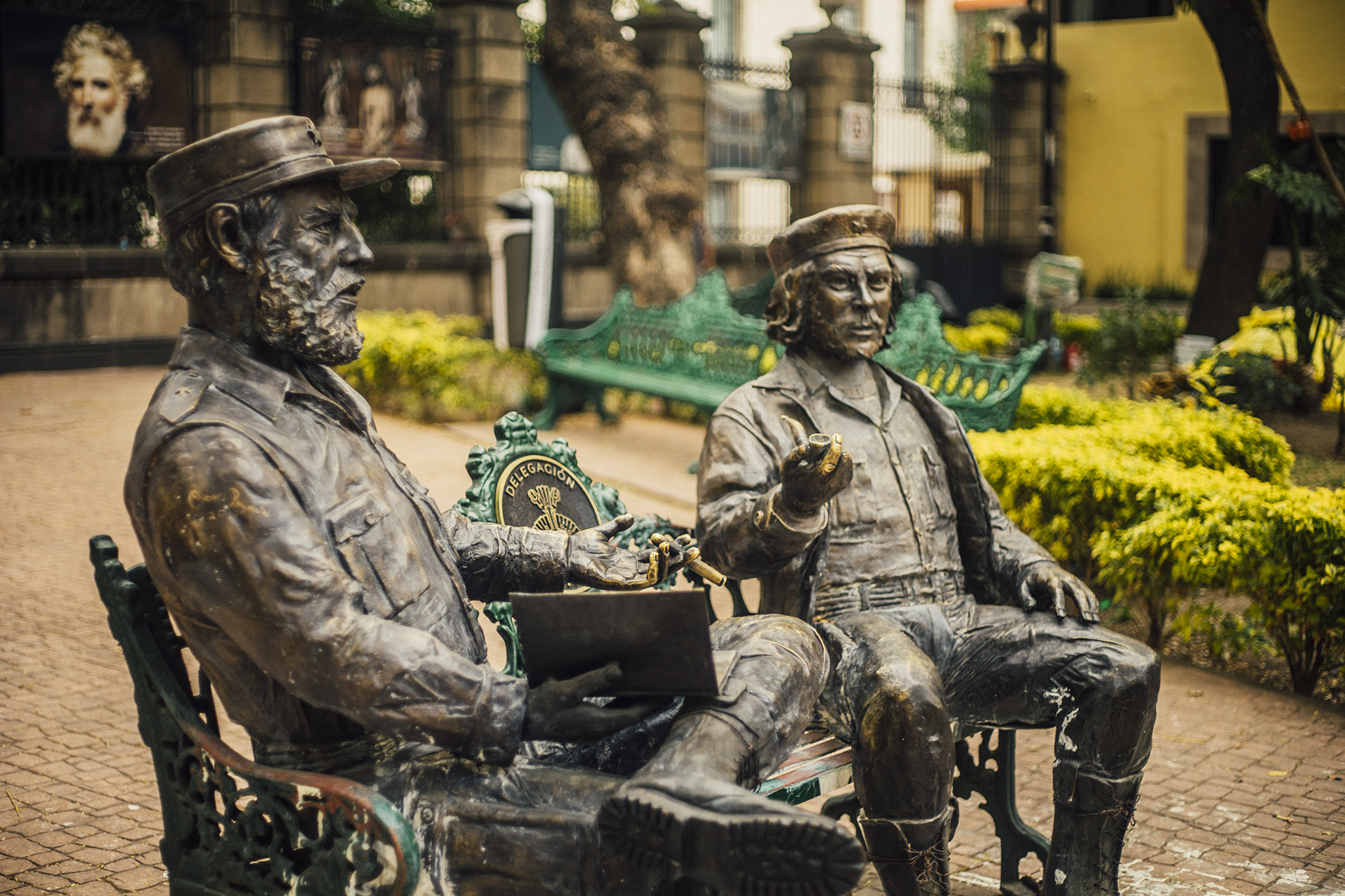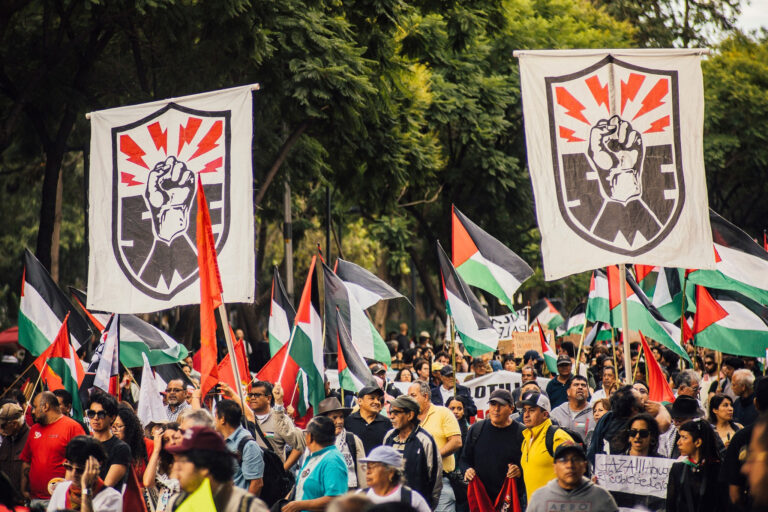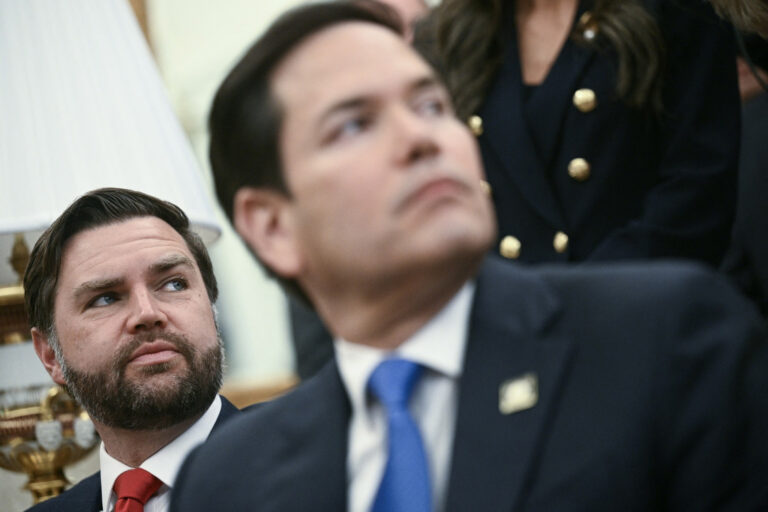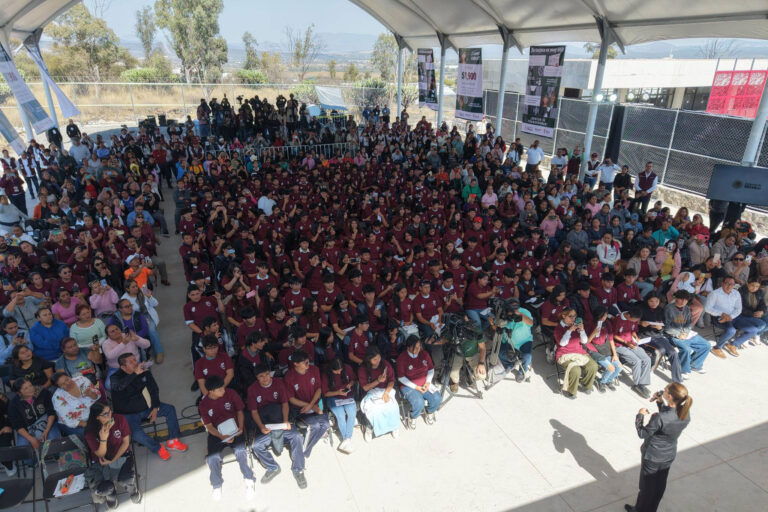The Sculpture That Angered Those in Power
This editorial appeared in the July 16, 2025 edition of El Machete, the newspaper of the Communist Party of Mexico.
[Editor’s Note: As it turns out, the monument to Fidel and Che’s first meeting was legalized by Mexico City’s COMAEP, the body which oversees monuments and public art, in 2020. Mayor Alessandra Rojo de la Vega lied about the legal status of the monument, and illegally removed it.]
In a gesture that goes beyond the merely administrative, the Cuauhtémoc City Hall this week removed the “Encounter Monument,” a sculpture installed in the Tabacalera Gardens commemorating the historic first meeting between Ernesto “Che” Guevara and Fidel Castro in 1955. The argument given by the city hall was the lack of formal permits for its placement, despite the fact that the work had been there for several years and was recognized by residents and passersby.
Mayor Alessandra Rojo de la Vega explained that neither the then-local government nor the artists responsible had official authorization for the installation. “Neither Fidel nor Che Guevara asked for permission to install it,” she said ironically on social media, reinforcing the argument that the sculpture had been placed illegally. But the statement, far from being anecdotal, reveals an attitude that borders on institutional censorship.
The monument—two life-size bronze figures seated on a bench, representing the Cuban revolutionaries—is no ordinary decorative piece. It commemorates the beginning of a historic process of national liberation that radically transformed the history of the Cuban people and whose memory lives on among the working classes and popular sectors of Cuba and Mexico. The location chosen, moreover, was no coincidence: Fidel Castro lived in the Tabacalera while, along with other exiles, he prepared the Granma yacht’s expedition to Cuba.
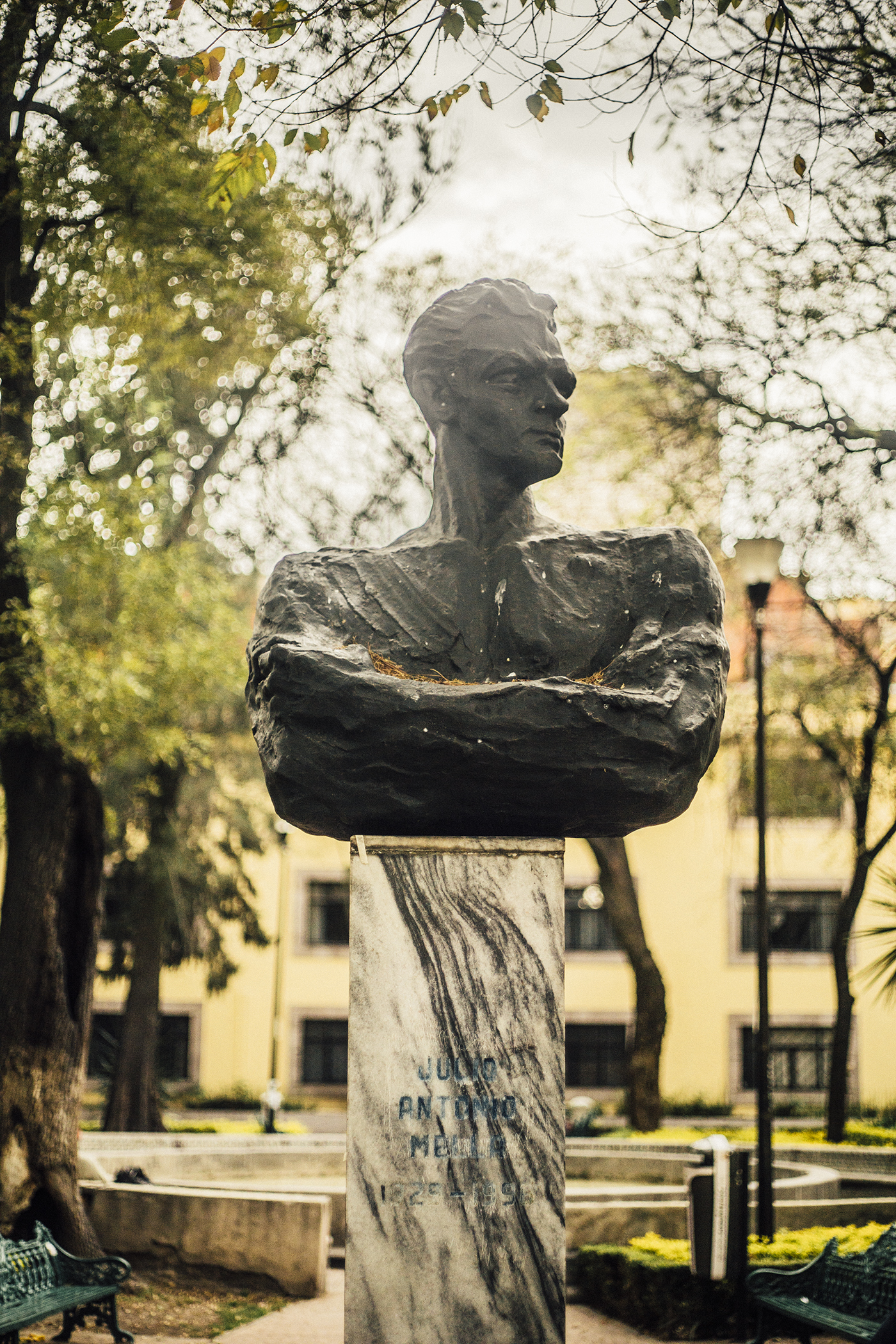
Bureaucracy & Symbols
The sculpture’s removal cannot be explained solely from an administrative perspective. While it is true that there was no technical file or official approval from the Committee on Monuments and Artistic Works in Public Spaces, it is significant that these types of formal requirements are only triggered when dealing with symbols that challenge the established order. In contrast, numerous urban interventions—commercial murals, corporate or religious sculptures—remain unchecked by the law.
The removal of the “Encuentro Monument” is part of a global trend of an offensive against the historical memory of peoples. It is a subtle but effective strategy: to empty public space of meaning, turning it into a neutral surface, devoid of conflict and history. The result is a domesticated urban landscape, where only the narratives permitted by the current institutional framework are possible.
A Political Act, Not a Technical One
The removal of the sculpture is not a minor event. It is part of a broader cultural dispute: who has the right to remember, and what events should remain in the collective memory. By removing a symbol that refers to internationalist solidarity and the struggle for the emancipation of peoples, the local authorities reaffirm a hegemonic vision of the past, in which there is no place for revolutionary processes.
The use of technical reasons to justify a political decision is nothing new. But in this case, the omission is scandalous. Why wasn’t the sculpture legalized instead of removed? Why was it decided to disappear rather than preserve it? Who is bothered that, in a public park, two figures from Latin American history are remembered sitting on a bench?
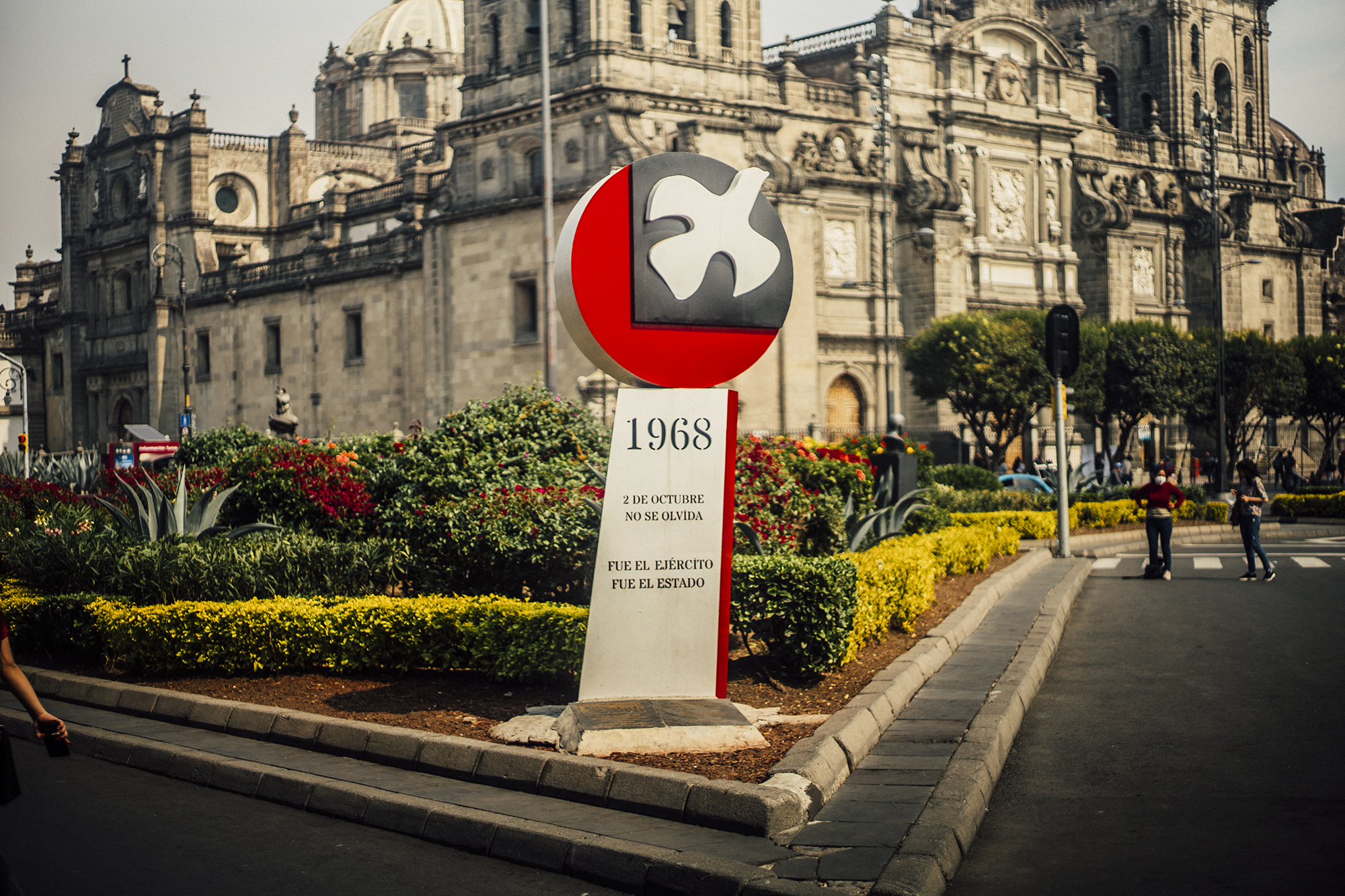
An Uncomfortable Memory
The memory of Che and Fidel is not neutral, nor does it claim to be. It evokes insurrection, dignity, and sovereignty. It represents a horizon of transformation that continues to pulsate in the popular sectors, despite attempts at ideological domestication. Their mere presence—even in the form of sculpture—is both challenging and disturbing, as it demonstrates that the struggle for socialism lives on in the figures of Fidel Castro and Ernesto Guevara, “El Che.”
In addition to Fidel and Che’s statues, the Tabacalera Garden also features a bust of Julio Antonio Mella, another communist revolutionary who was politically active in Mexico as a member of the Mexican Communist Party and his newspaper, El Machete. For this reason, El Machete has been developing political and cultural activities in this space for several years.
Undoubtedly, the act of removing the statues of Fiel and Che will not go unchallenged by communists, who see in these two figures the example of selfless dedication in the fight for socialism.

-
The Poor as Instruments, Not Allies
Welfare programs with political aims are not the same as forging political alliances with the impoverished population created by voracious neoliberal capitalism.
-
Florida, the Race for the Presidency & Opaque Capital
Contemporary Florida is the distorted and advanced mirror of a new form of global governance, where money laundering has not only been tolerated, but institutionalized & updated for the digital age, fed by a murky river flowing from the Global South.
-
People’s Mañanera December 22
President Sheinbaum’s daily press conference, with comments on economic achievements, Sonora development plan, extortion of immigrants, Baja California Sur dam, water treaty with US, nepotism loopholes, and García Luna.

